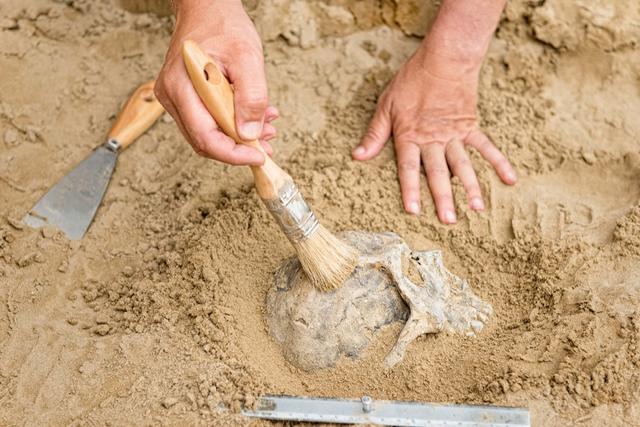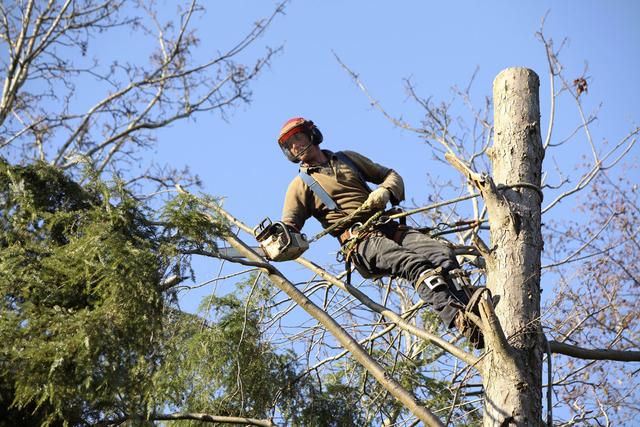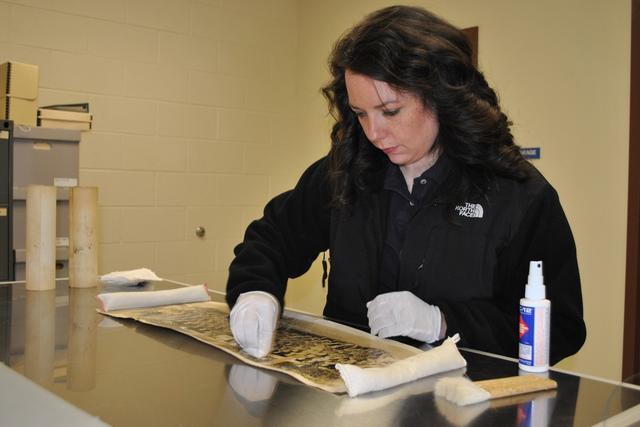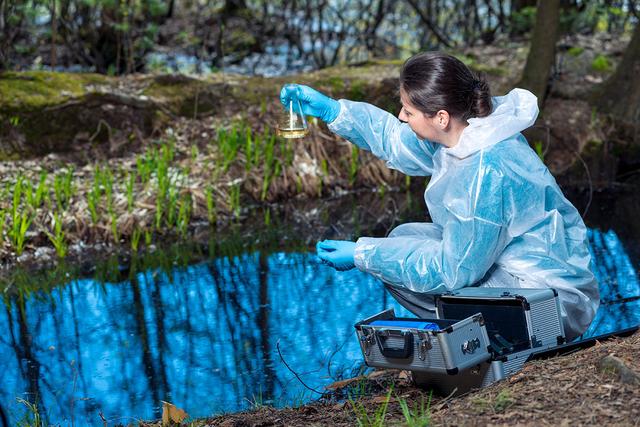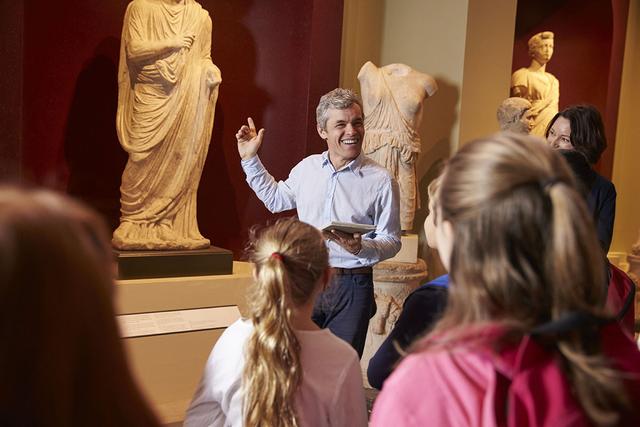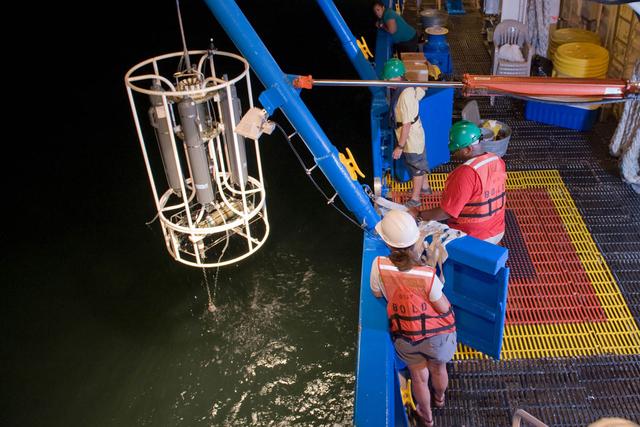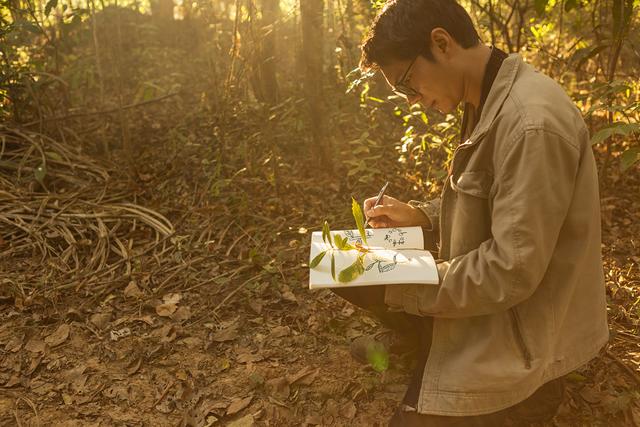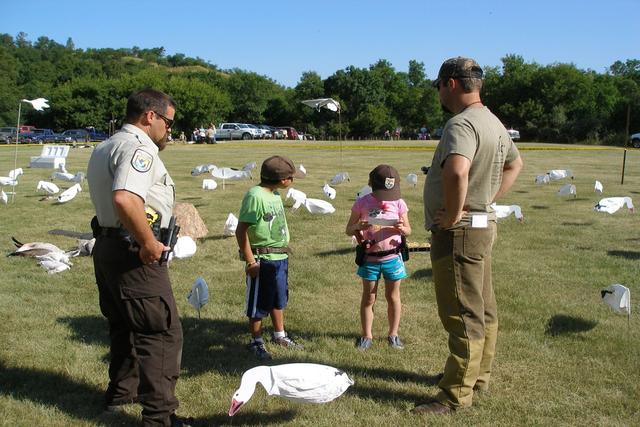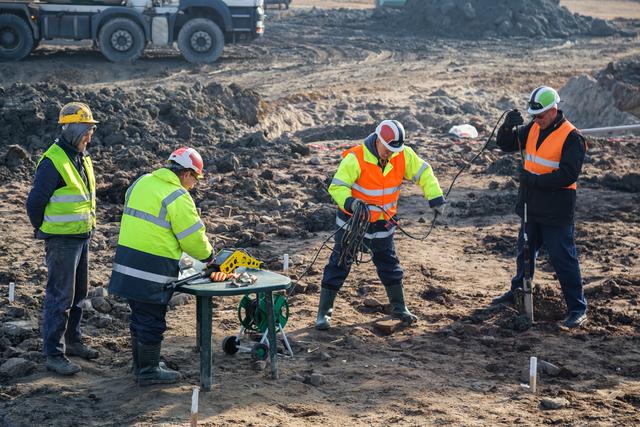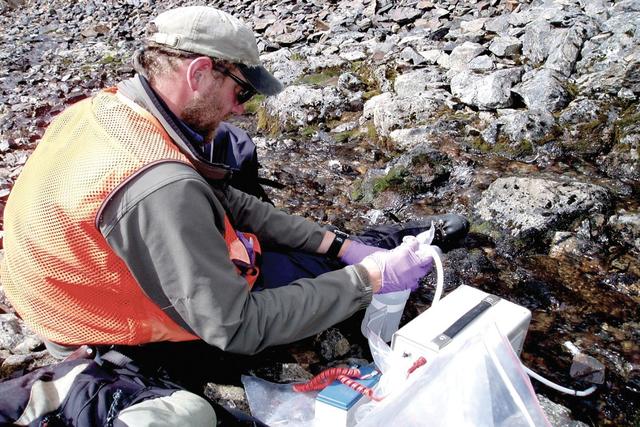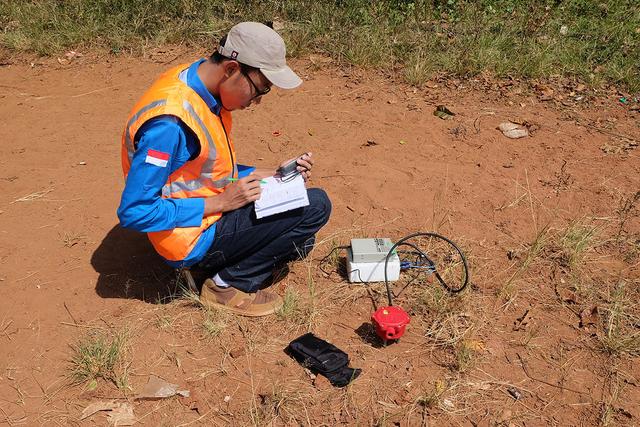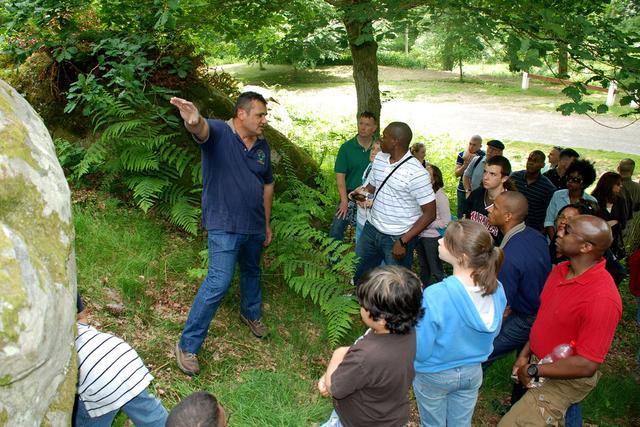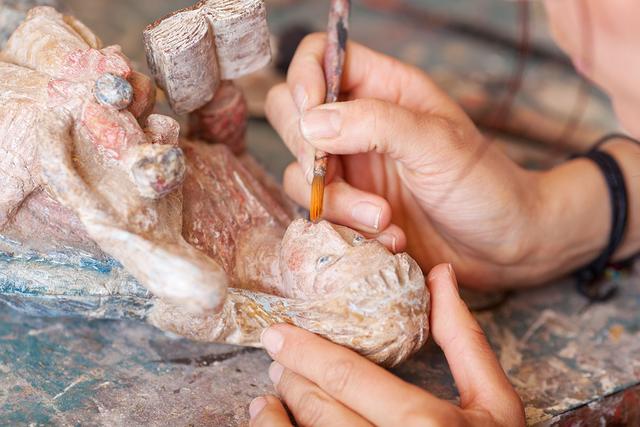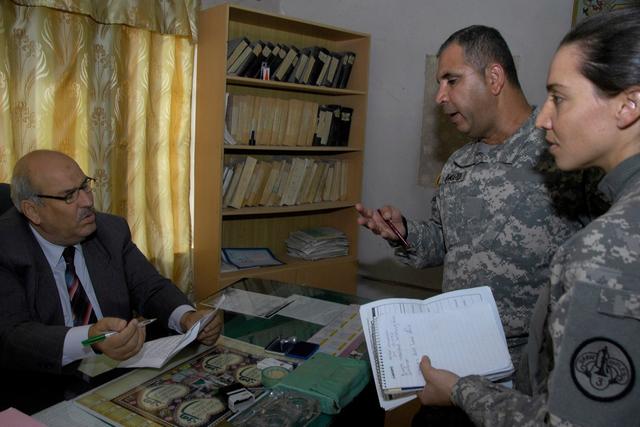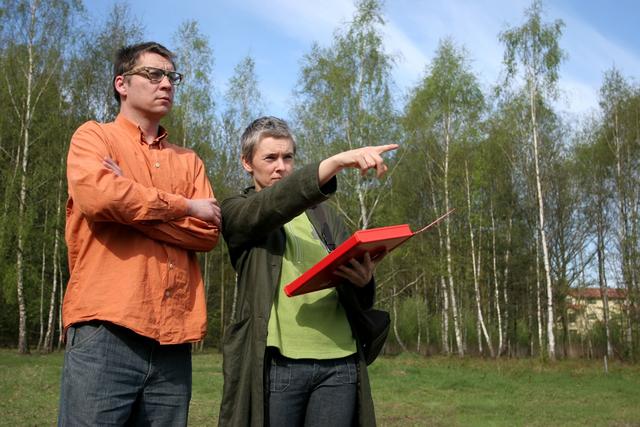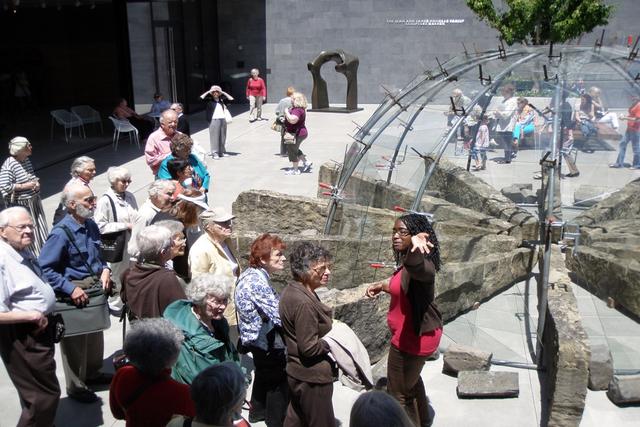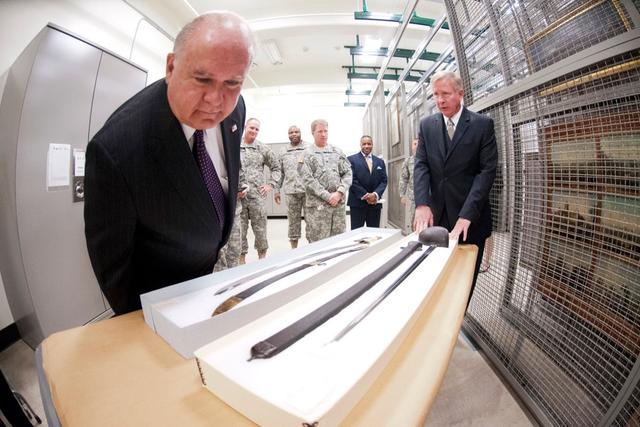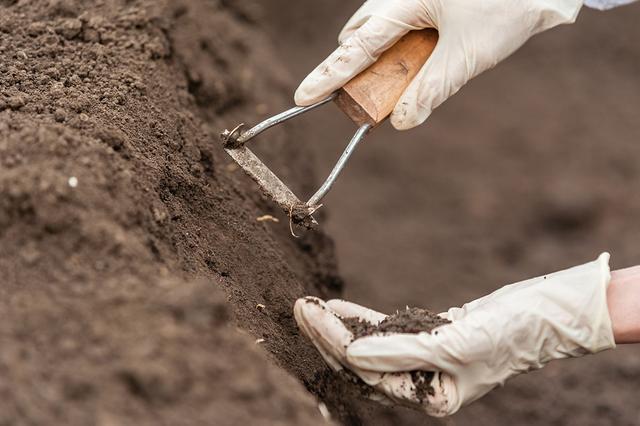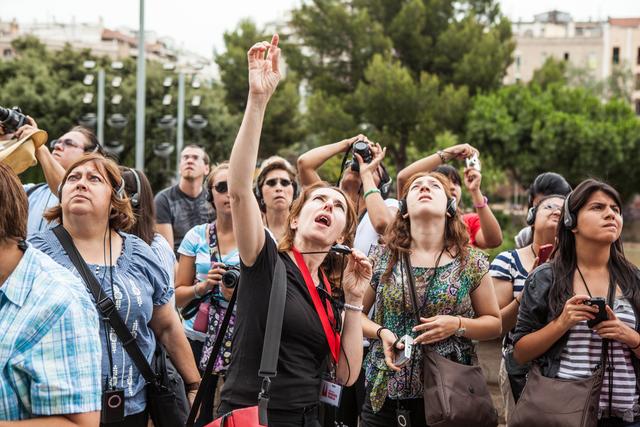Archaeologists
Overview

Introduction
Archaeologists study the origin and evolution of humans. They study the physical evidence of human culture, examining such items as tools, burial sites, buildings, religious icons, pottery, and clothing. There are approximately 7,720 archaeologists and anthropologists in the United States.
Quick Facts
Median Salary
Employment Prospects
Minimum Education Level
Experience
Skills
Personality Traits
Earnings
A large percentage of archaeologists work in academia. Salaries for archaeology and anthropology professors ranged from less than $51,980 to $172,180 or more in May 2023, according to the U.S. Department of Labor (DOL).
For those working in the field, salaries ranged widely. The DOL reports that the median annual salaries for archaeologists and anthropologists were $63,800 in May 2023. T...
Work Environment
Archaeologists working in educational facilities have normally clean, well lighted, and ventilated environments. Those working in the field may work in a more challenging environment, working in all types of weather and, depending on the area to which they are assigned, they may deal with potentially difficult living conditions.
Archaeologists work about 40 hours a week, and the hours ma...
Outlook
The U.S. Department of Labor predicts that employment for archaeologists will grow about as fast as the average for all other occupations through 2032. Since the academic job market is poor, most new jobs in the near future will probably be nonteaching positions in cultural resource management firms, consulting firms, research institutes, corporations, and federal, state, and local government a...
